THE COLLECTIONS
A heritage to be discovered is that of the Museum of Archaeological Sciences and Art of the University of Padua, which tells a long academic history that began in 1733 with the arrival of the first collection from the Renaissance collection of Marco Mantova Benavides. As in an ideal time machine, the museum’s collections tell stories from archaeological discoveries to those of scholars who have contributed to the progress of archaeological studies in Padua. All these stories together contribute to reconstructing cultural contexts, sometimes unique and unrepeatable, more often everyday ones, all however heritage of humanity, in the past as today.
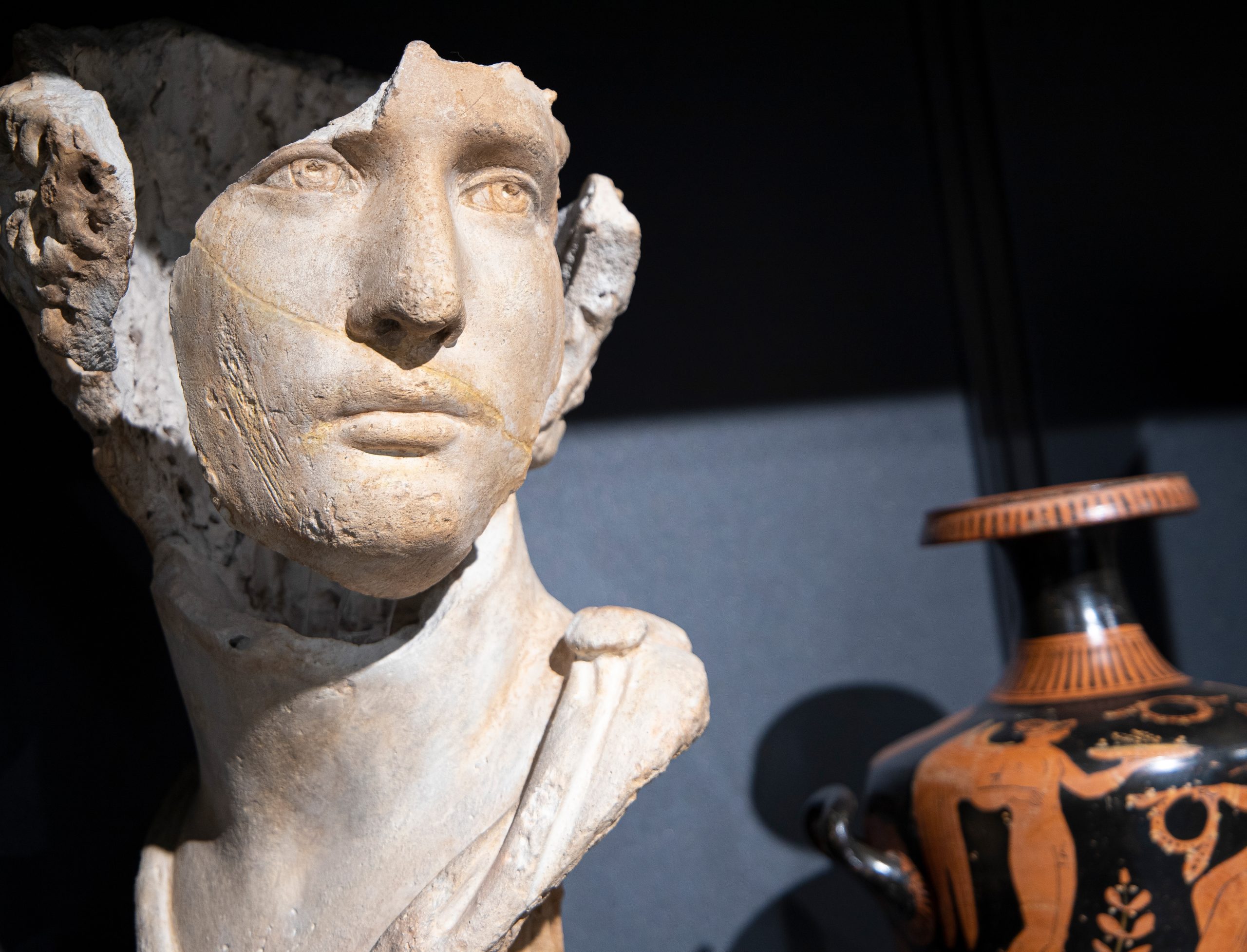
The Mantova Benavides collection
A Comparison between different periods: Antiquity and Memory of the ancient times.
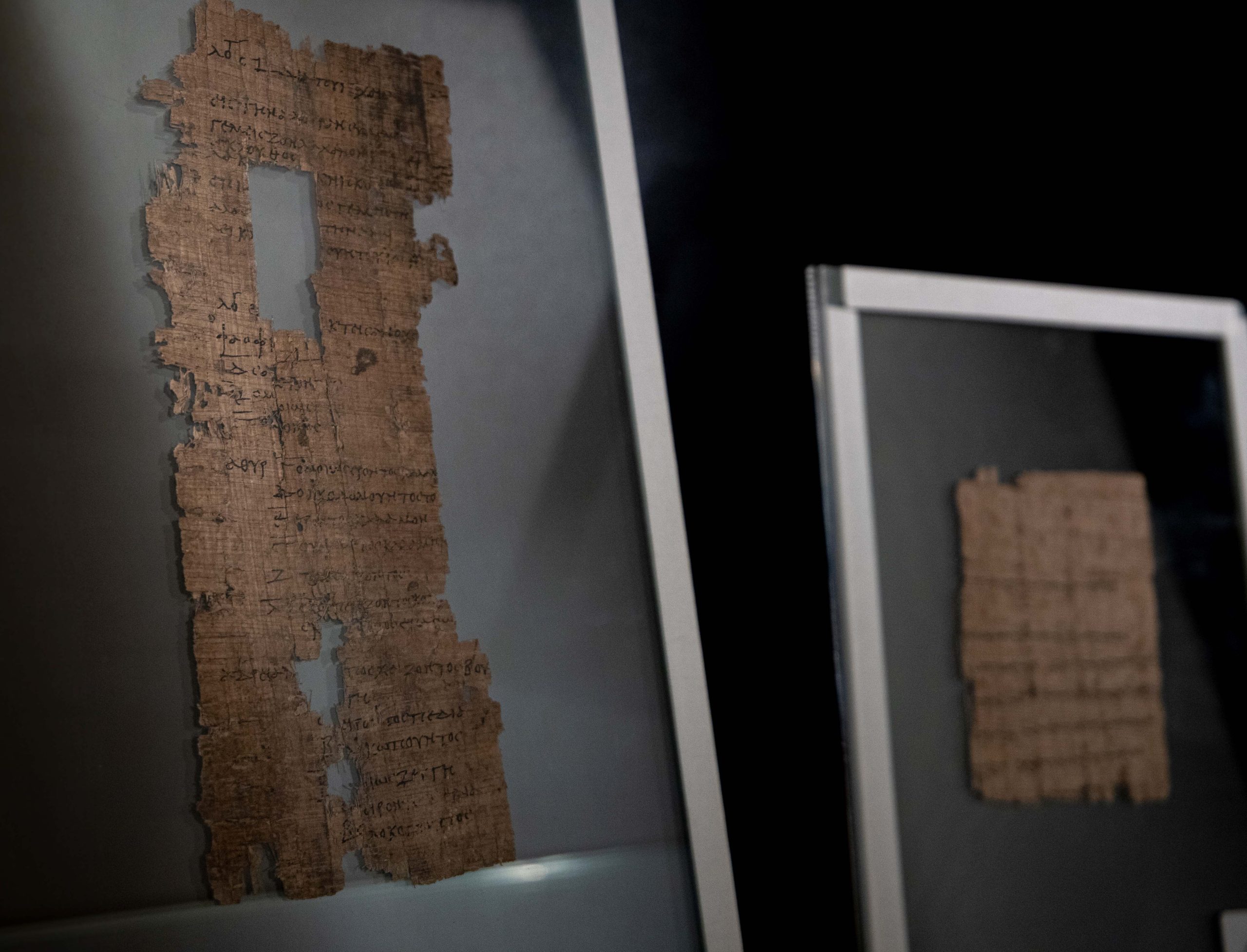
The Egyptian collections
Sounds, beliefs, and daily life in ancient Egypt.
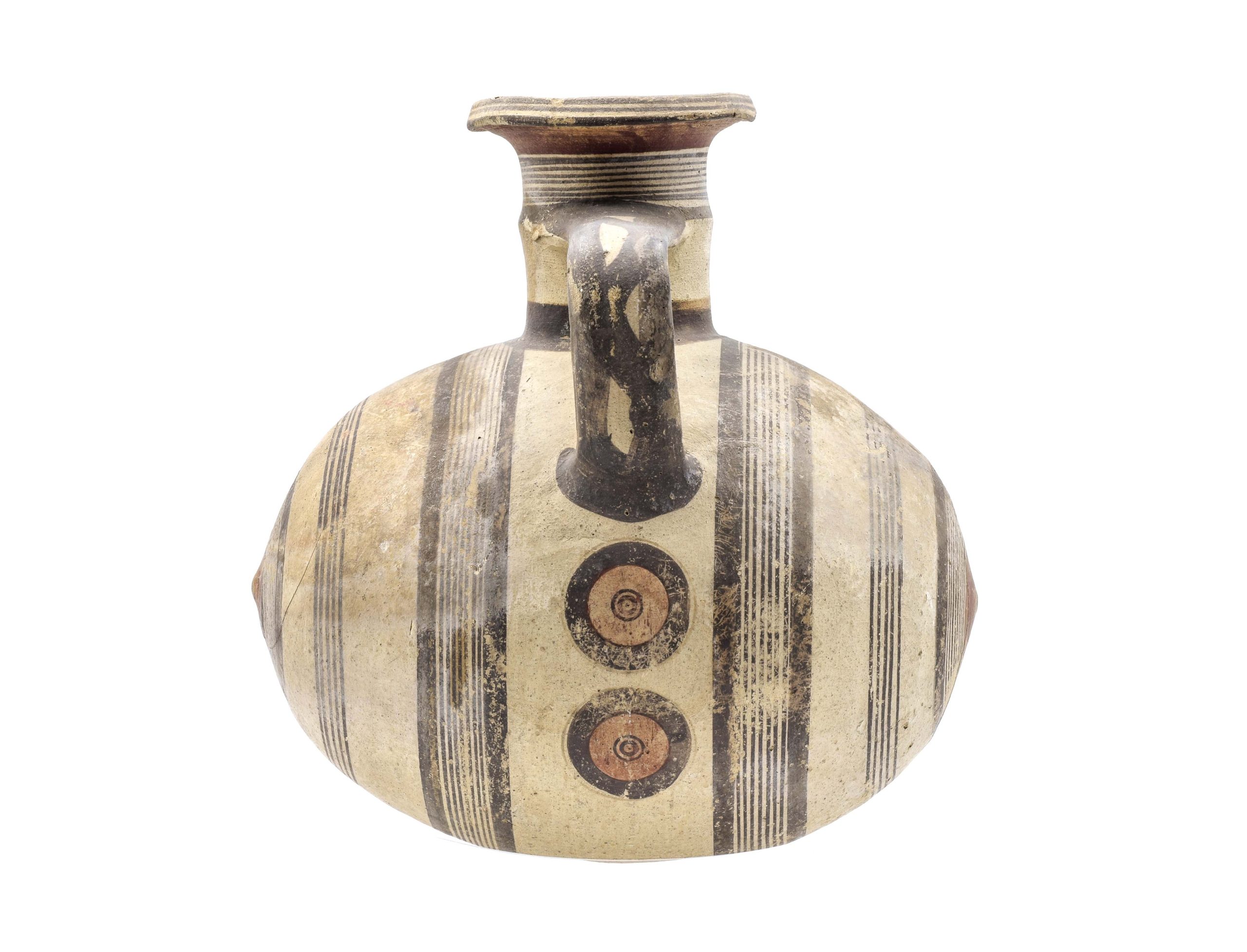
The Cypriot collection
Discover the Cypriot “treasures” from Eugenio Neumann’s collection.
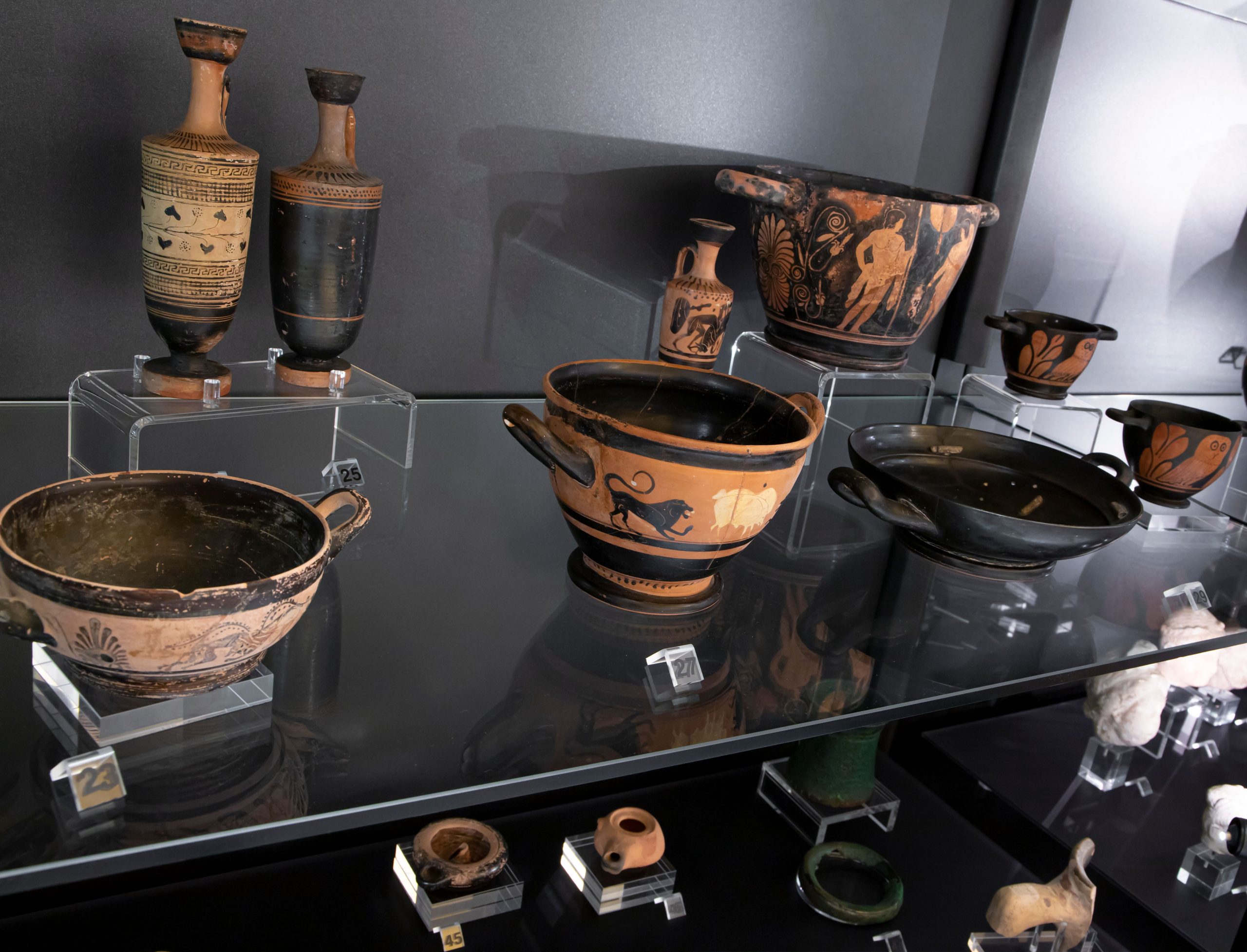
The Greek and Magna Graecia collections
Each shape has its function: discover Greek and Magna Graecia pottery.
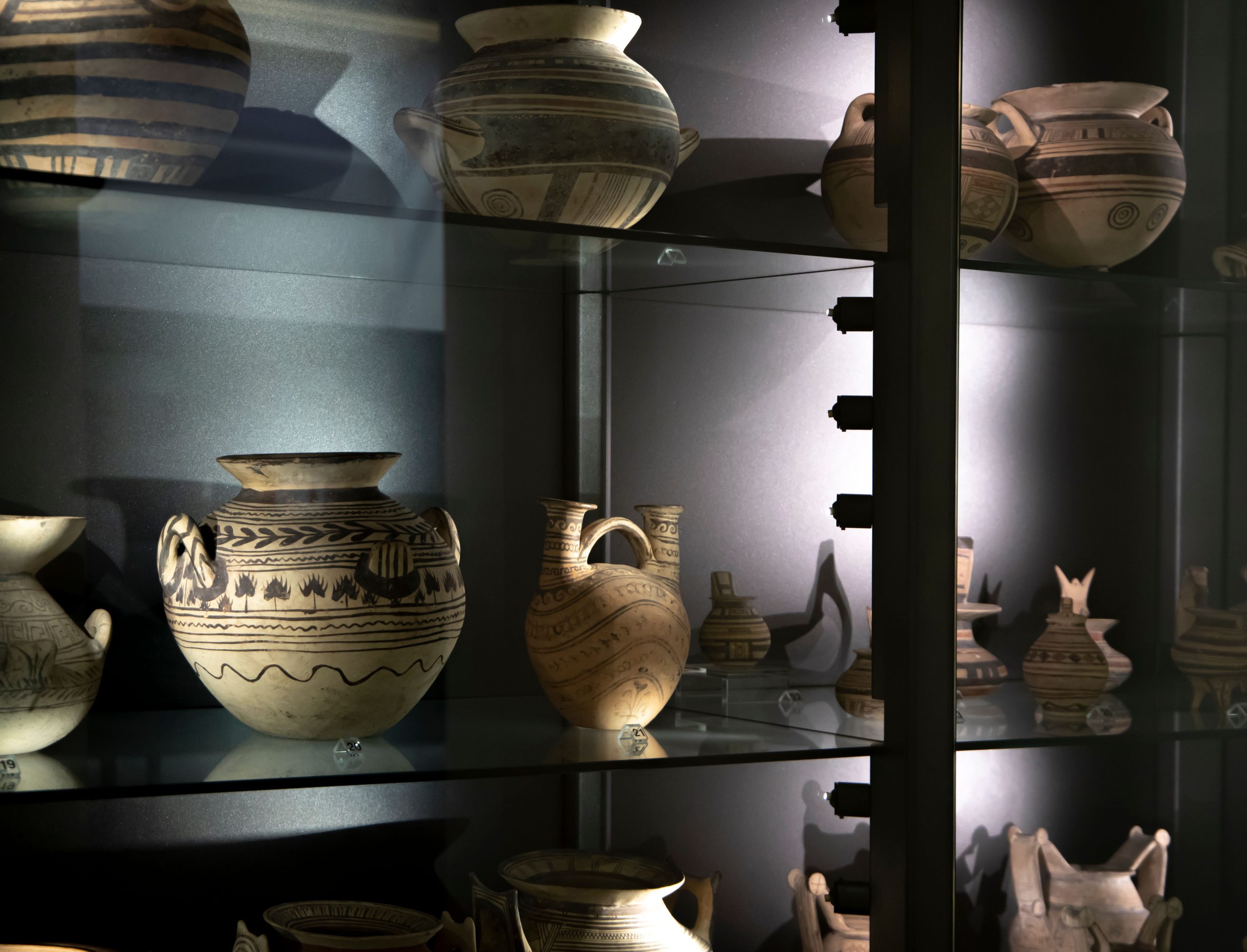
The Apulian ceramics
Worlds in contact: local pottery productions of the Iron Age in ancient Apulia.
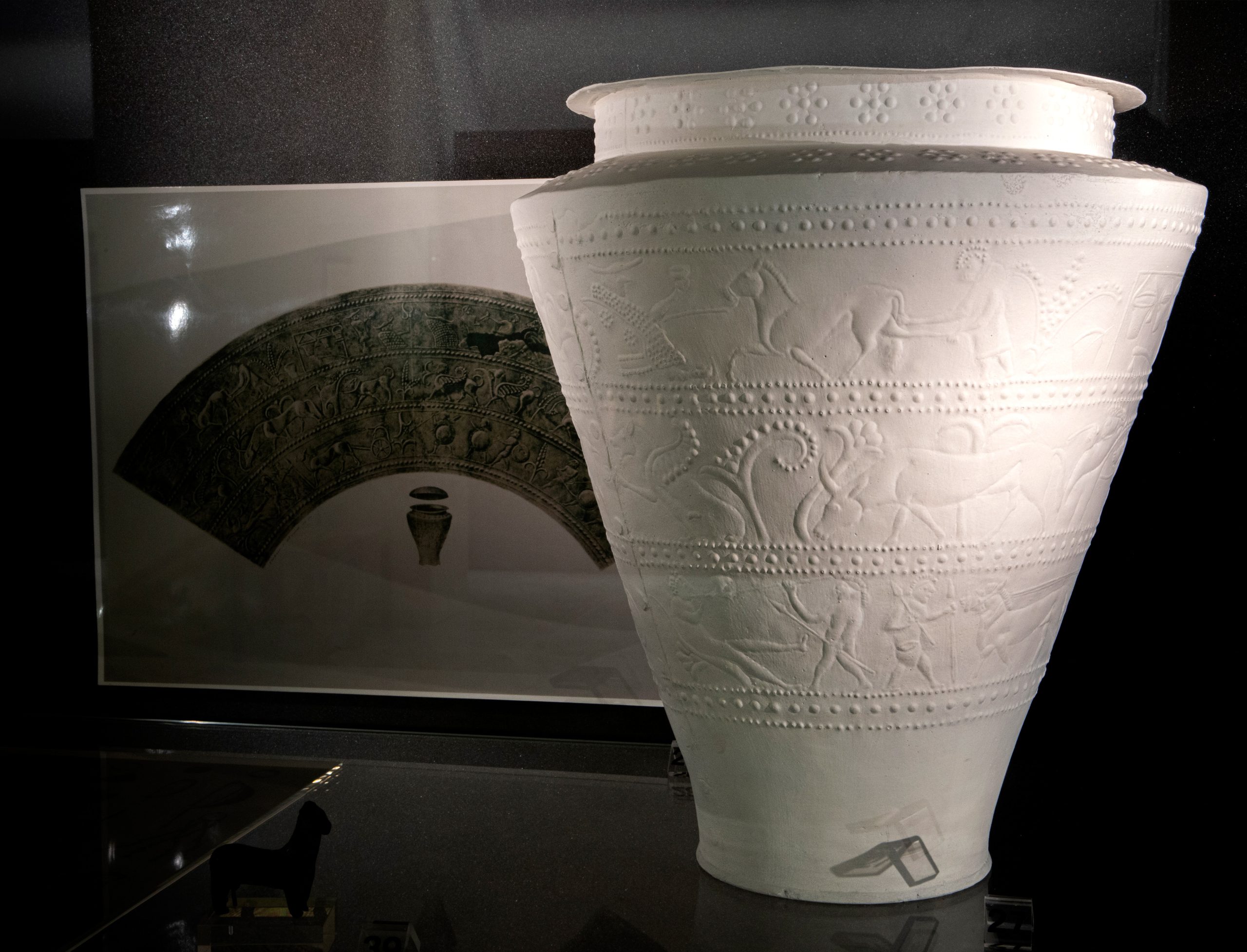
The Veneto collections
Discover the legacy of the ancient Veneti through artifacts from two important centres of pre-Roman Veneto, Este, and Padua.
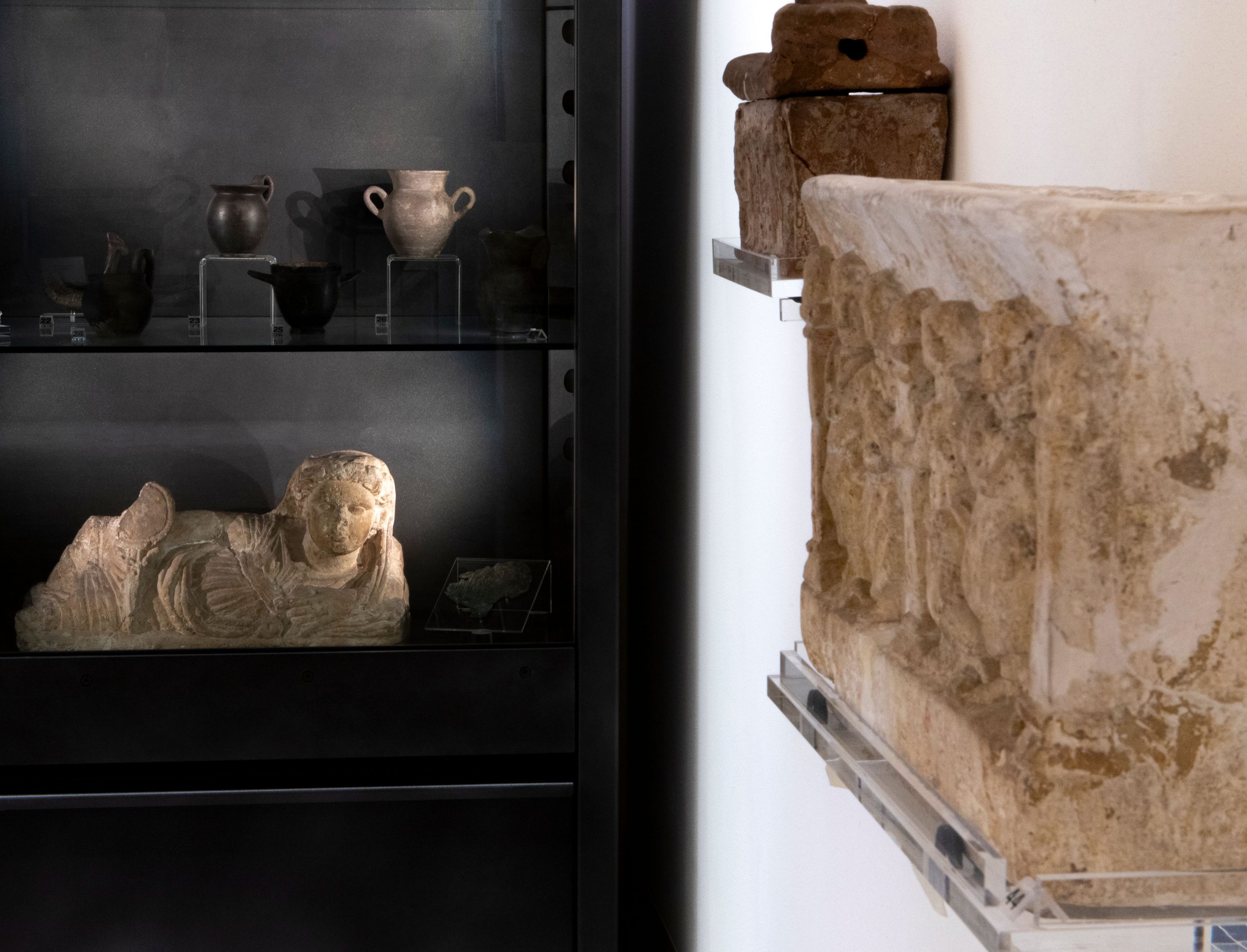
The Etruscan collections
Discover daily life among the Etruscans and the face of Varia Armasti.
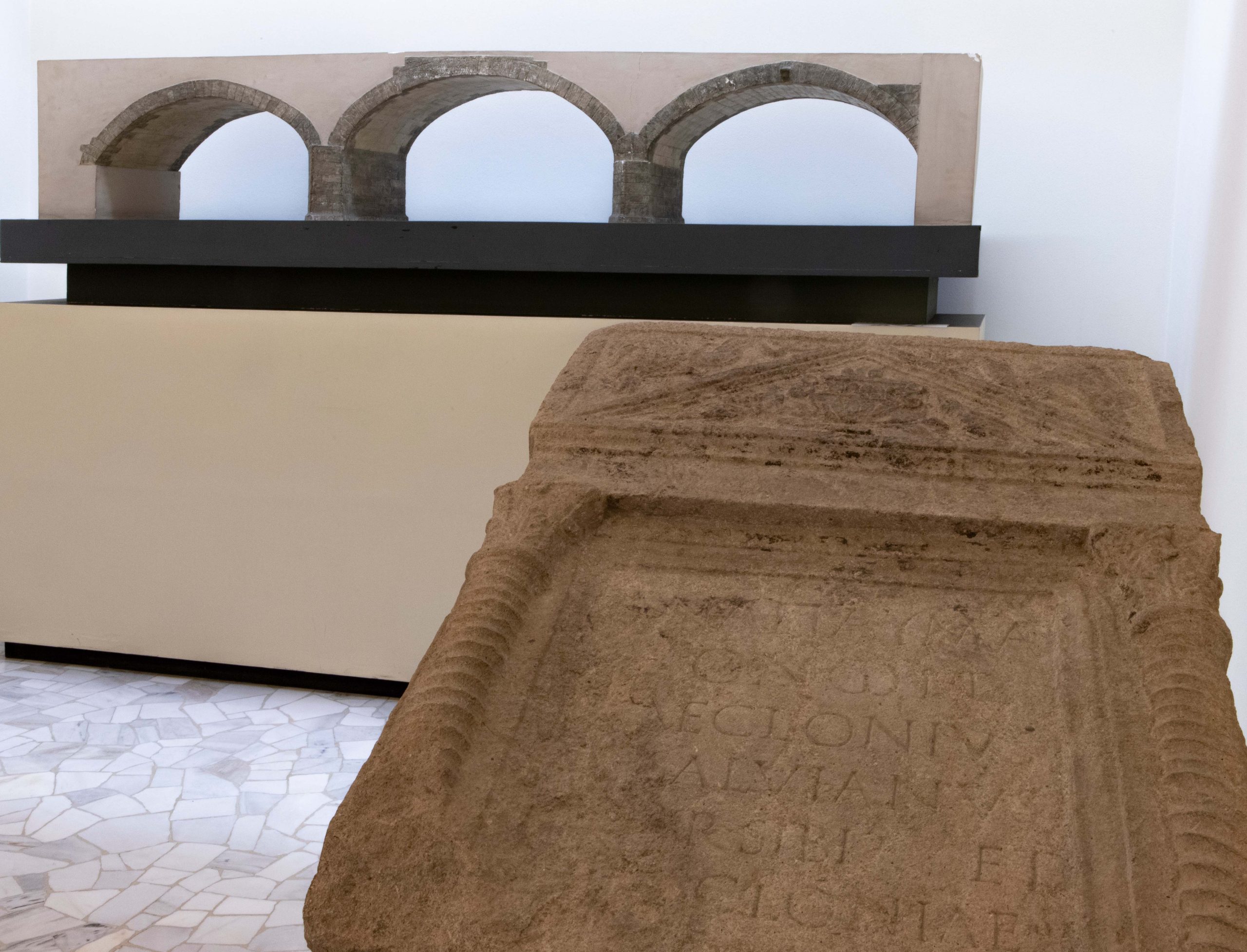
The Roman collections
Navigate through the museum’s Roman collections: a journey among treasures and curiosities.
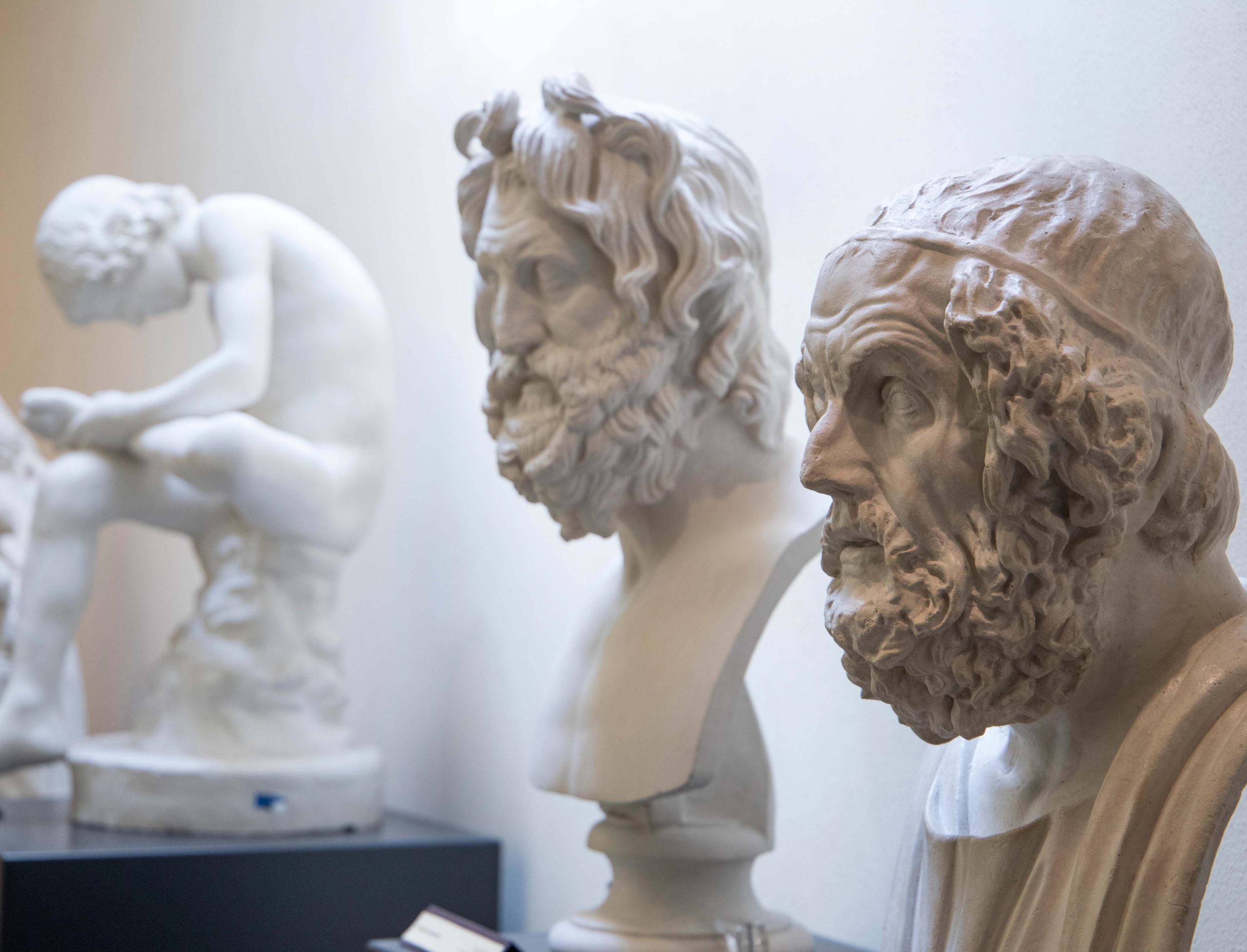
The Plaster Cast Gallery
The charm of the Plaster Cast Gallery between history and didactics.
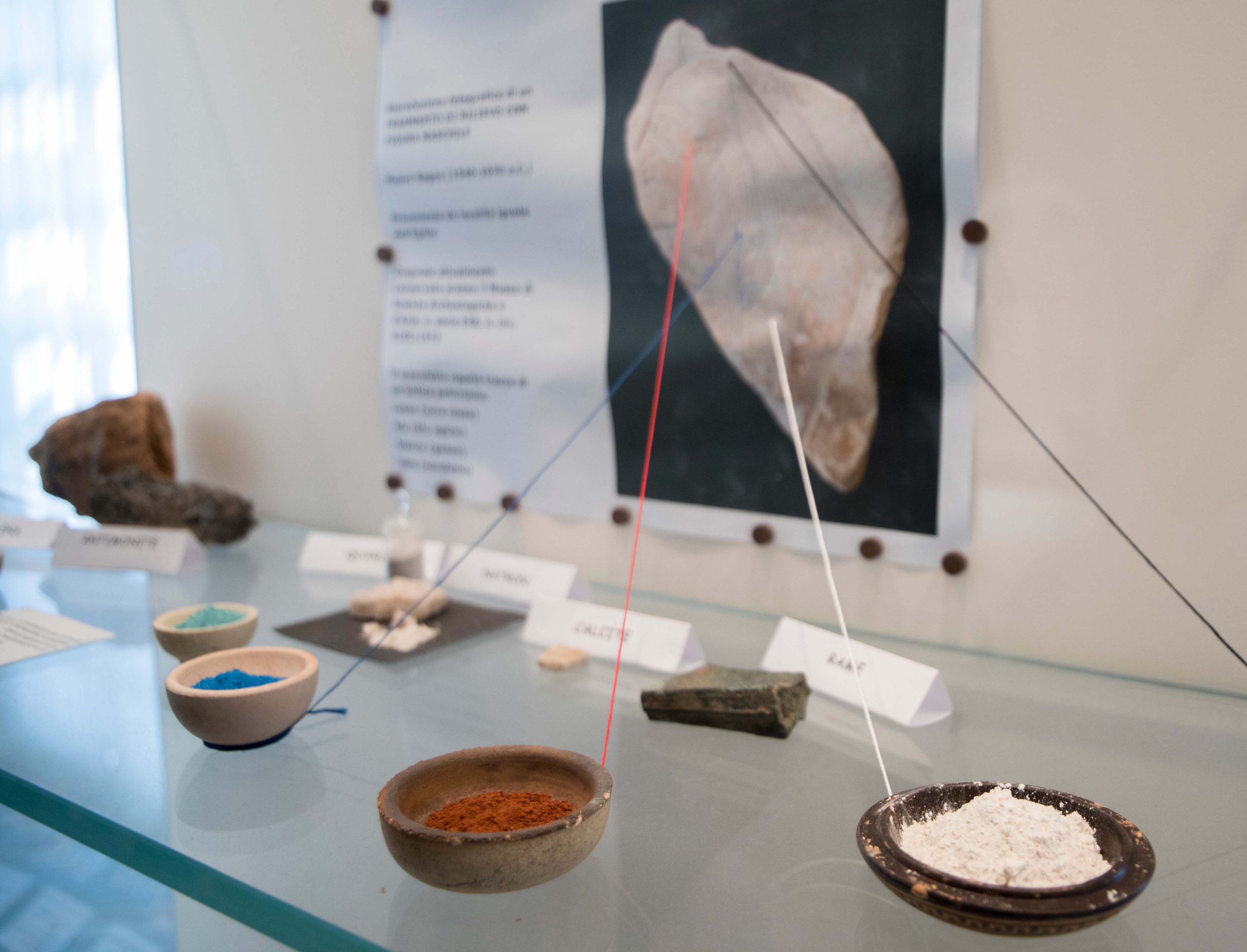
The educational collections
For object-based teaching: discover new possibilities.
RESEARCH AND INSIGHTS
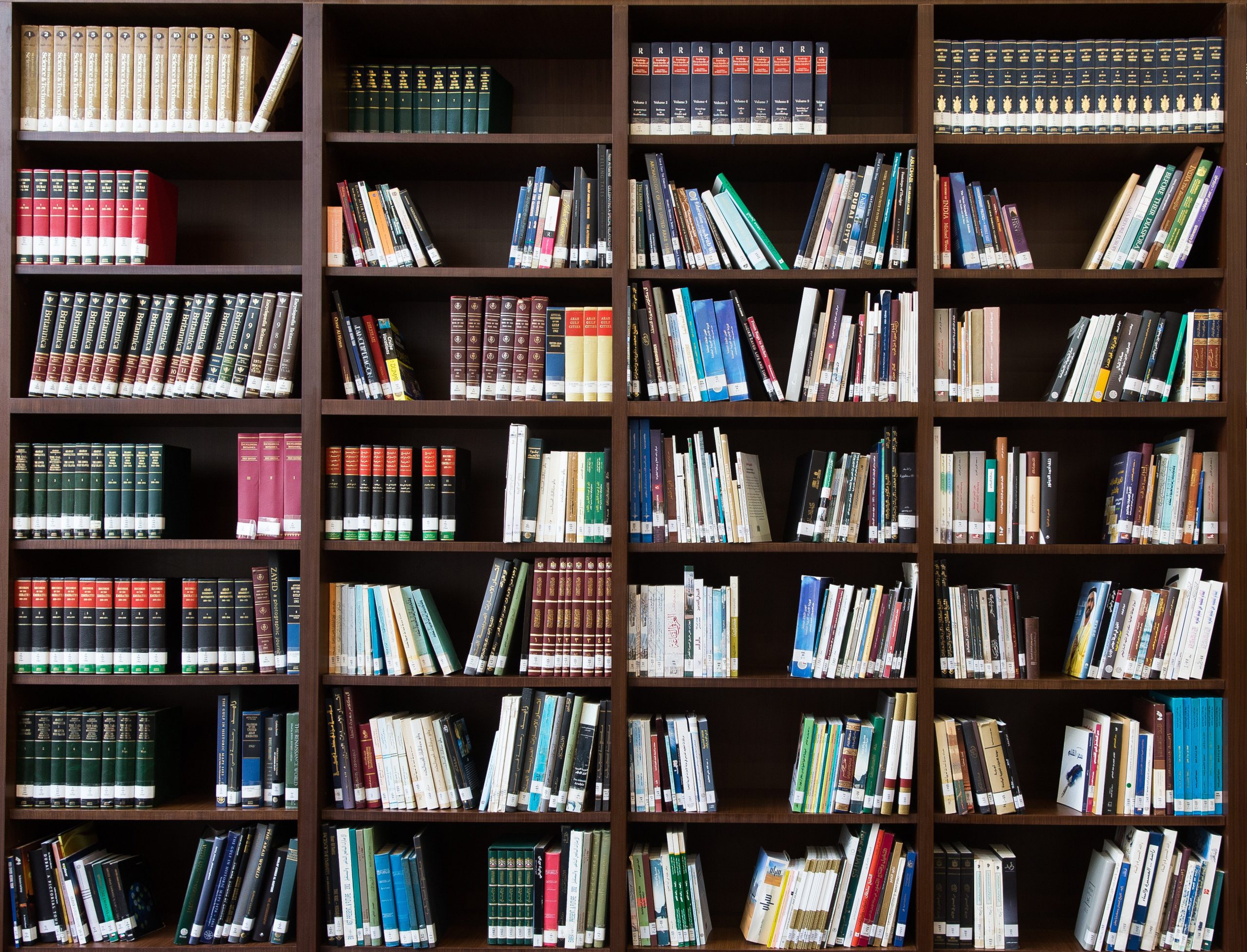
Publications
Discover the Museum’s publications: catalogues, articles, and studies to deepen the rich cultural and archaeological heritage.
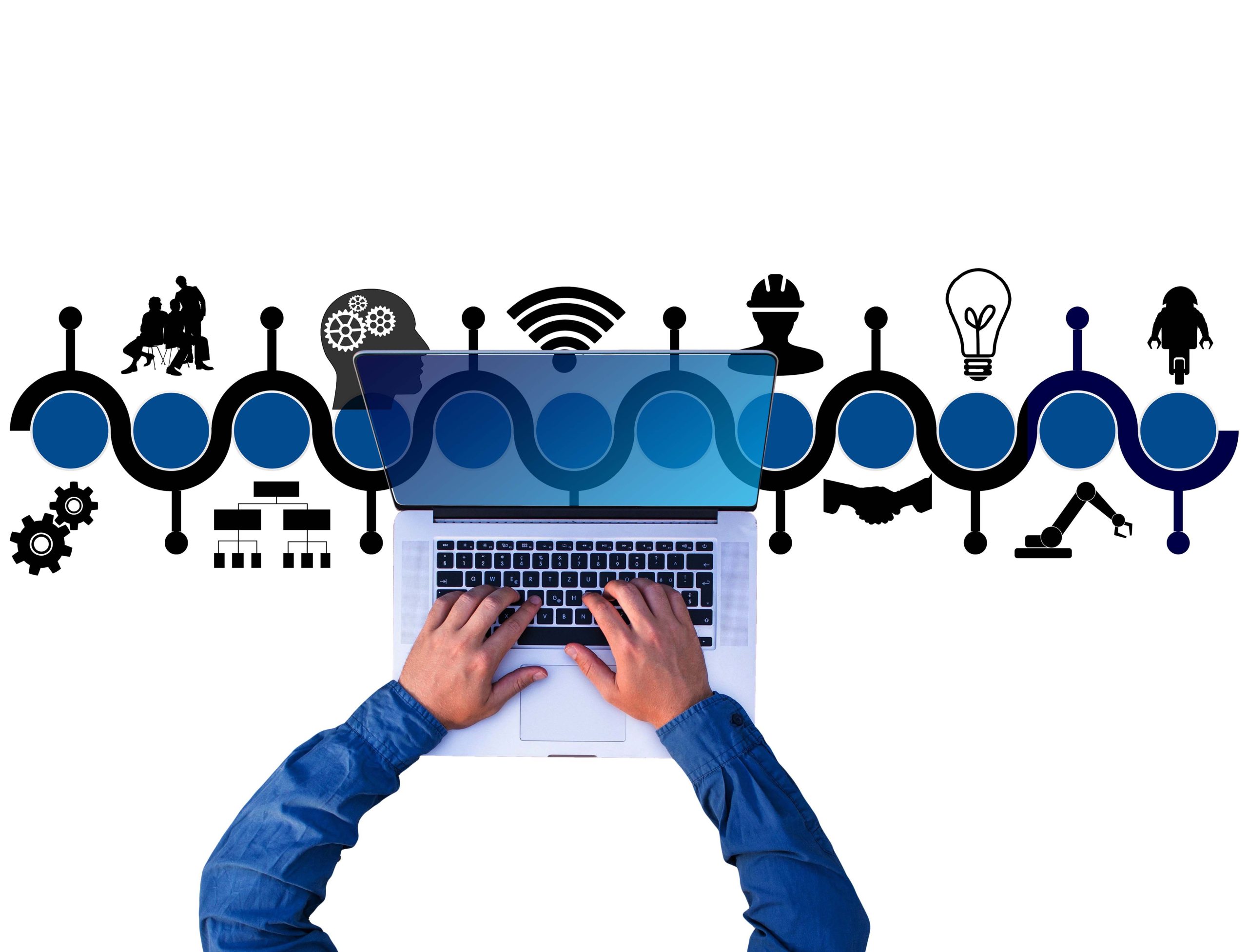
Projects
Discover the research projects applied to the collections: an opportunity to deepen the knowledge of the heritage.
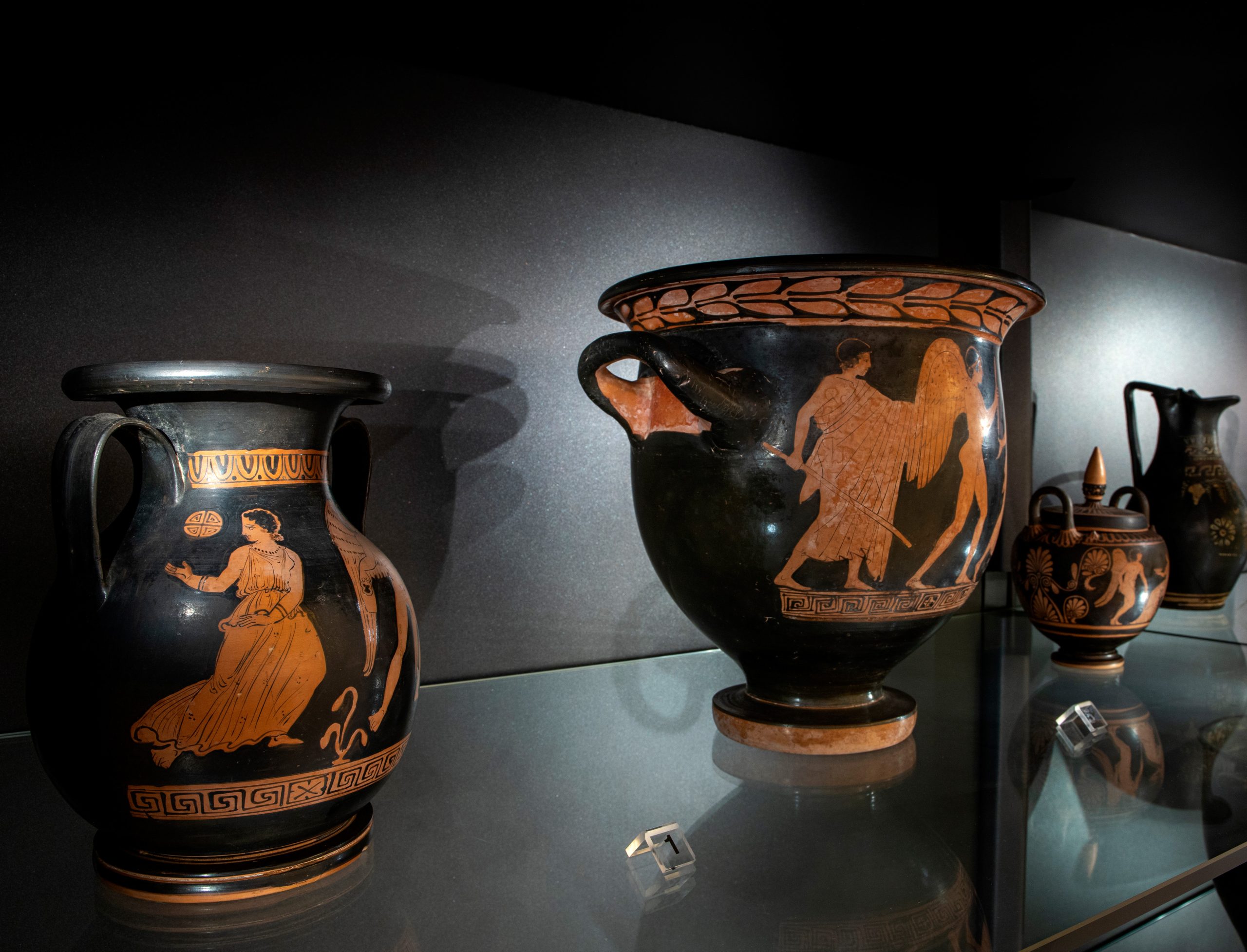
Exhibitions
Discover the museum’s exhibitions and collaborations: a further opportunity for study and enhancement of the collections.
HISTORY
Nearly 300 years of history, artifacts of very different typologies and provenances, and contributions from private collecting. Discover the events and characters of the museum.

DIGITAL MUSEUM
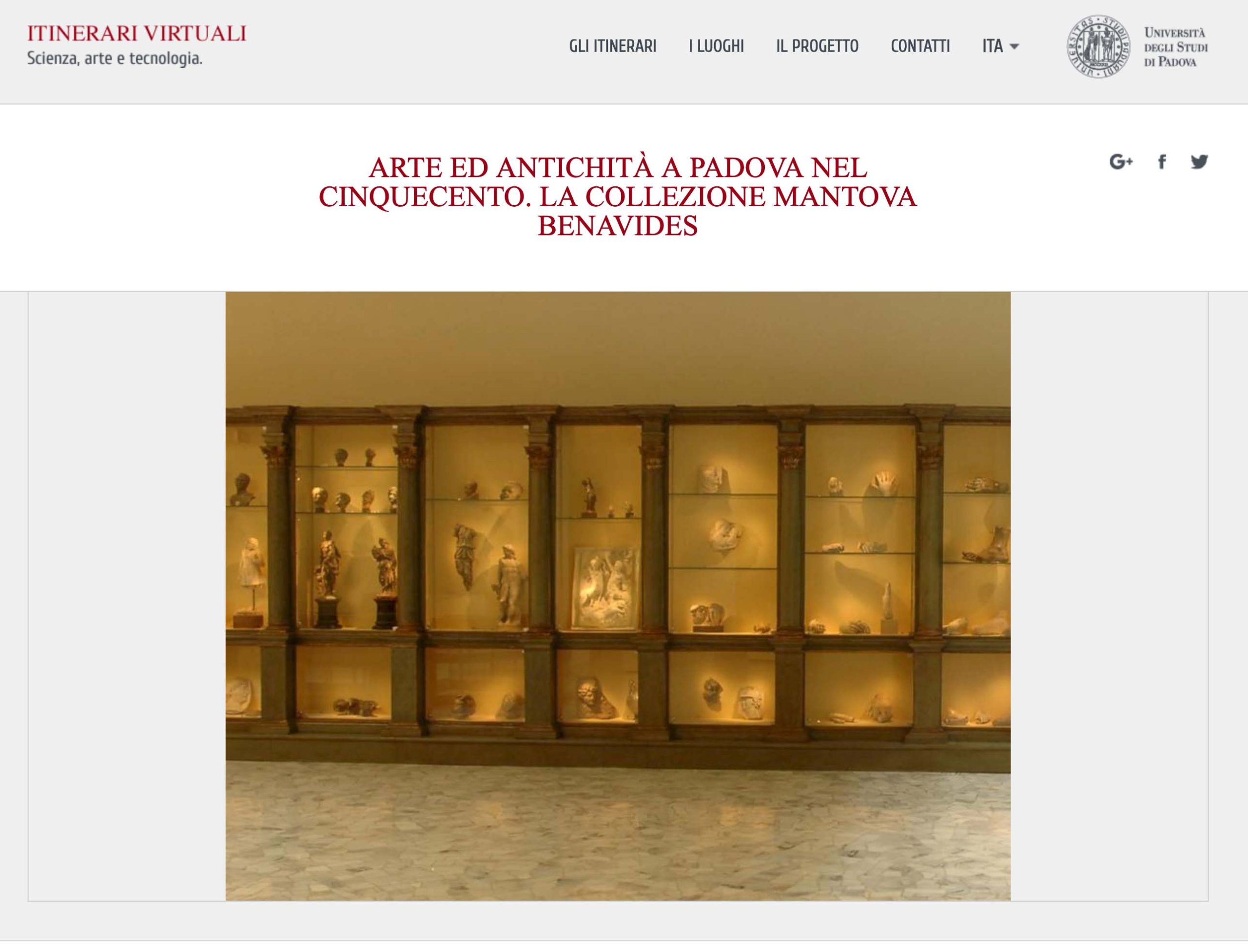
Virtual exhibitions
Explore online the collections of the Museum of Archaeological Sciences and Art with our virtual itineraries: a thematic journey through art, archaeology, and history.
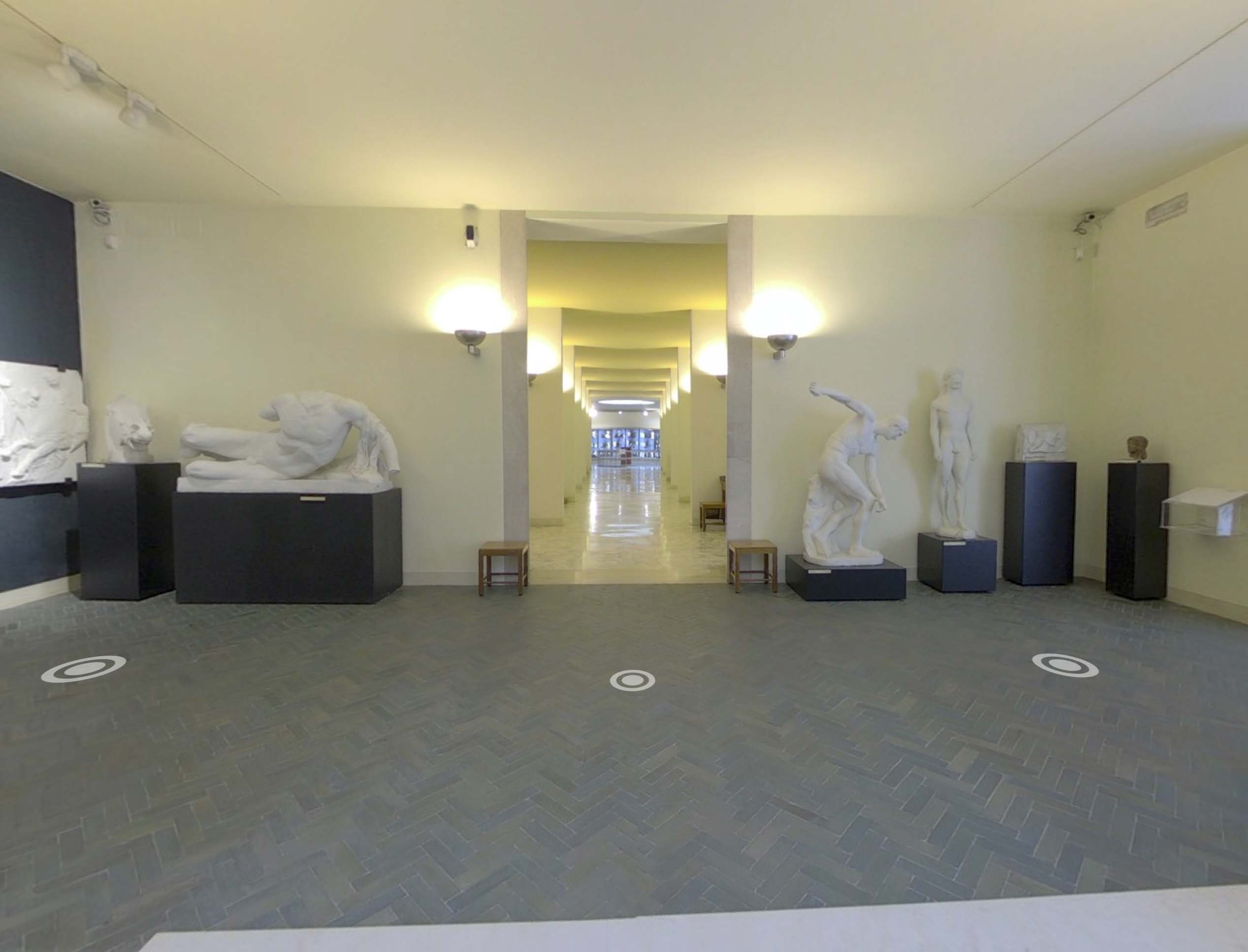
Virtual tour
Access the virtual tour of the Museum and digitally visit collections and spaces of the top floor of the Liviano, exploring art and archaeology with a simple click.
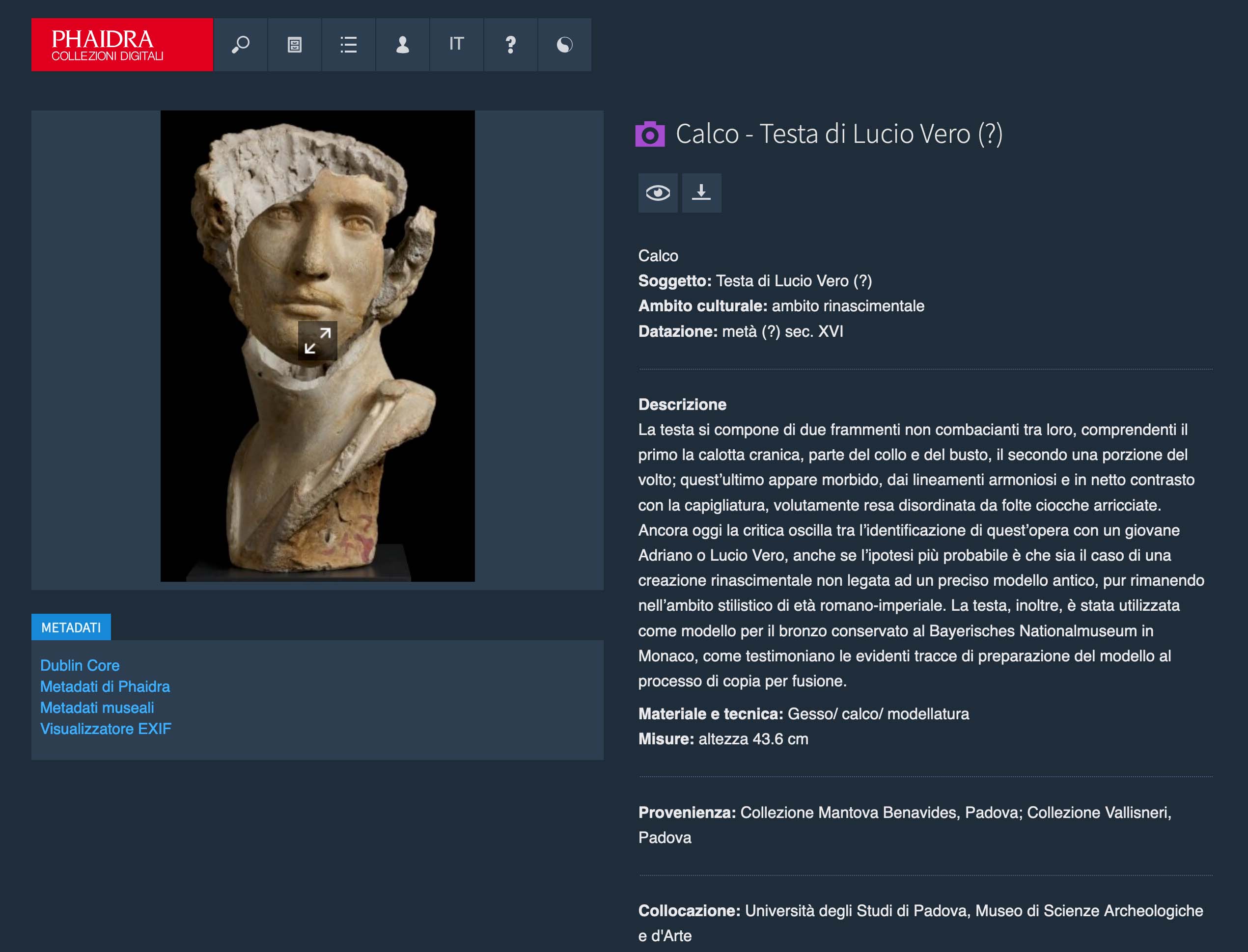
Digital collections
Access a rich historical and artistic heritage directly online. Discover unique artifacts related to Renaissance art, Roman Padua and educational collections.

Video gallery
Presentations, insights and thematic stories await you to tell you about the historical and artistic heritage preserved at the Liviano.
WHAT THEY ARE SAYING ABOUT US
“I visited the Museum of Archaeological Sciences and Art at the University of Padua with my family, and we were thrilled. The museum offers a unique experience that combines history, culture, and science in a truly fascinating way.
We participated in a workshop path that proved to be an excellent choice. Our guide was extremely prepared and engaging, managing to capture the attention of adults and children with interesting stories and detailed explanations.
Each section of the museum is curated in detail, offering a rich and varied overview of the archaeological and artistic collections.“
– Caterina
“Located on the third and top floor of the Liviano Palace, the current headquarters of the Faculty of Archaeology of the University of Padua. Recently renovated, you can notice the influences of the architect Gio Ponti who renovated the building in the 1930s. It is worth a visit.“
– Mirco
“A very rich collection of plasters and archaeological finds to see absolutely! Unmissable Pan flute and Greek vases from private collections.”
(from Google)
THE STAFF
Museum research, increasingly dynamic and interdisciplinary, pushes the boundaries of knowledge, connecting the past to the future through technological and methodological innovations. This field is constantly expanding, enriching the public’s cultural and historical understanding, and transforming museums into vibrant laboratories of learning and discovery.

Monica Salvadori
Scientific Director
Monica Salvadori was born in Padua. She graduated in classical literature and specialized in Archaeological Heritage, she obtained her PhD in Archaeology: city and artistic production in 1997.
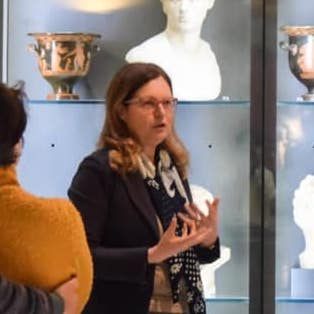
Alessandra Menegazzi
Curator of the Museum
Alessandra Menegazzi graduated in Padua and completed post-graduate studies at the universities of Bologna and Roma Tre. She curated the reorganization of the collections and the new exhibition path of the museum. She studies the history of the museum and collections.
We thank Dr. Betrice Negro for her collaboration in drafting the texts of the website.
